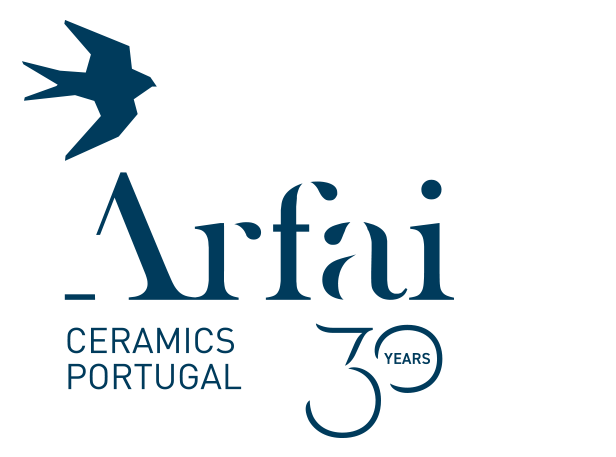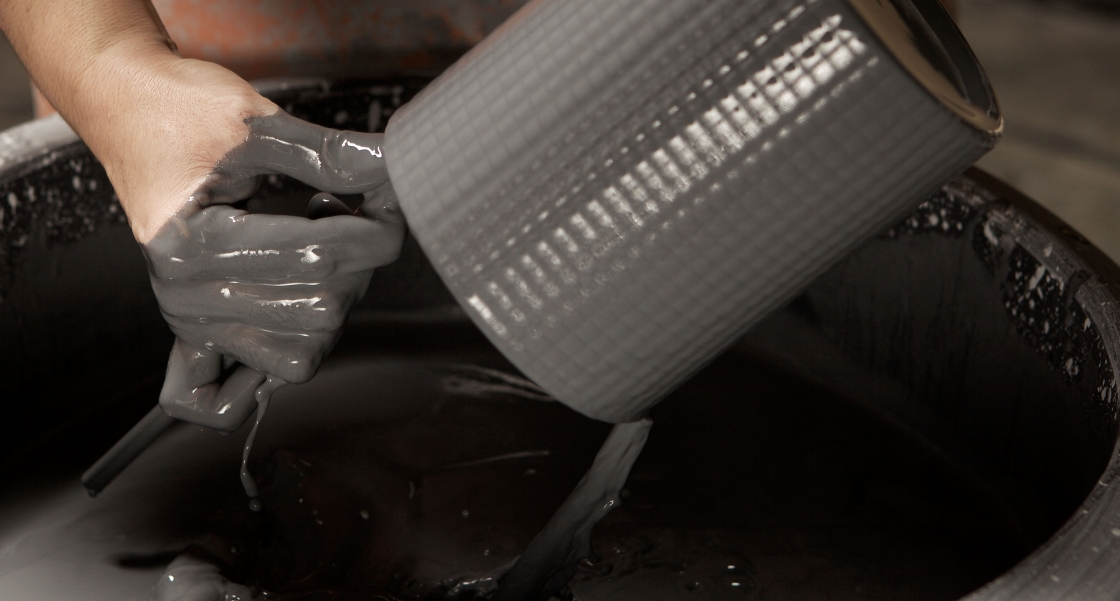Like the shape, also the glaze is key in the design of a ceramic piece. Glazes offer protection and resistance to the unglazed earthenware (biscuit), and allow the piece´s decoration in a multitude of options that will define its design style – trendy? classic? Casual? Sophisticated?
From the beginning: What are glazes?
Accurately, glazes are a coating layer fused to a ceramics piece during fire and applied in the biscuit through different techniques, such as dipping, spraying, or other more or less experimental methods. Thanks to the endless chemical compositions possible – either sold in the market or created in-house – colors, shades, and reactions are endless.
The range of options is almost infinite and the main dilemma is to know what is the best decoration solution to follow. At Arfai, we gave a hand by organizing this panoply of finishes and explaining what do they say about ceramics in terms of style and positioning.

Simple Glazes | Timeless and Basic
Depending on the basis’ composition, simple glazes may be matte/opaque or translucent. In any of them, these glazes cover the piece’s surface entirely in a single color, sealing the inherent porosity of the biscuit and making it waterproof.
Also known as regular glazes, they are quite stable during fire, allowing expected results and less variations. Being also a cheap option, they are ideal to get a simple basic look that, when the choice are neutral colors, may transform a simple ceramics in an everlasting piece of decoration.

Reactive | One-of-a-kind character
Strictly speaking, reactive glazes are all glazes which are not simple. To make it easier, we named as ‘reactive glazes’ all the family of glazes that, after boiling during fire, resulting in a unique, surprising and aesthetical reaction.
Unlike simple glazes, reactive ones are not waterproof once the reaction during fire does not assure a complete cover of the surface. Still, reactive glazes are finishes full of character, due to the uniqueness of its organic look.

Crackle Glaze | Mystic history
The crackle finishing is a special effect that imitates the natural aging of ceramics. Over time, heat, cold, humidity and other adversities cause the crash of the vitreous layer, resulting in the so-called “cracke”. With a crackle glaze, this crack is intentional and happens during fire due to the glaze’s coefficient of linear thermal expansion which is much higher in a crackle glaze than in the clay.
Not waterproof, the random hairline cracks create interesting and beautiful patterns that give the piece a subtle sense of authority and respe

Luster | Subtle elegance
Again, strictly speaking, luster is not a ceramic glaze, but a chemical solution suitable for the decoration of ceramic surfaces. An overglaze, luster is applied in ceramics in a third firing process that creates on the vitreous coating an additional thin layer with a glossy metallic and/or iridescent aspect.
Demanding this additional firing, luster it is not a cheap effect, but ideal to provide a subtle fancy look to the ceramics piece. A piece finished with luster, even in a casual design, will gain such an elegance that easily will make up the price.

Selenium Glaze | Color & Intensity
From the one and only yellow selenium to the red ‘ox blood’ – selenium glazes own unique characteristics that may not be compared with any other glazes. Conferring to the ceramics piece colors of unique intensity and texture, selenium colors are a finishing that is deeply distinctive and differentiating.

Metallic Glaze | Ceramics as Diamonds
Thanks to the heavy metals and oxides in its composition, metallic glazes transform any humble ceramics piece in a luxurious detail. Non-waterproof, these glazes offer ceramics the look of precious metals as gold or silver, being a clear synonym of sophistication.

